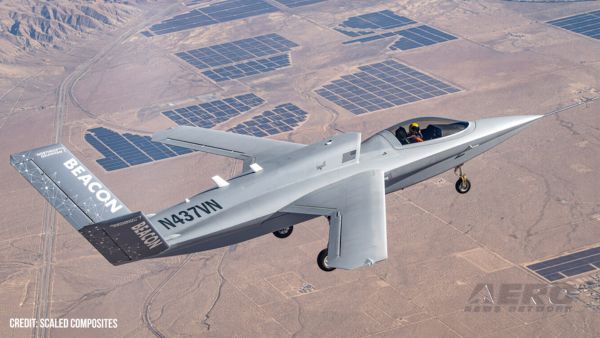Sun, Sep 21, 2025
Advertisement
More News
 NTSB Final Report: Cessna Aircraft Co LC41-550FG
NTSB Final Report: Cessna Aircraft Co LC41-550FG
Pilot’s Failure To Land At The Manufacturer’s Recommended Approach Speed, Which Resulted In A Runway Excursion Analysis: The pilot reported that he aligned the airplane>[...]
 ANN's Daily Aero-Term (09.21.25): Feathered Propeller
ANN's Daily Aero-Term (09.21.25): Feathered Propeller
Feathered Propeller A propeller whose blades have been rotated so that the leading and trailing edges are nearly parallel with the aircraft flight path to stop or minimize drag and>[...]
 ANN's Daily Aero-Linx (09.21.25)
ANN's Daily Aero-Linx (09.21.25)
Aero Linx: Airborne Public Safety Association (APSA) The Airborne Public Safety Association is a 501(c)(3) non-profit, educational, individual membership organization, founded in 1>[...]
 Classic Aero-TV: Honoring Pioneers: International Womens Air & Space Museum
Classic Aero-TV: Honoring Pioneers: International Womens Air & Space Museum
From 2010 (YouTube Edition): Museum President Details Exhibits Featuring Women’s Aviation Accomplishments On November 2nd, 1929, 117 American female pilots gathered at Curtis>[...]
 Airborne 09.15.25: Last Call For RV-3/4/6, Second B-21, Dubai Show Bars Israelis
Airborne 09.15.25: Last Call For RV-3/4/6, Second B-21, Dubai Show Bars Israelis
Also: New NTSB Nom, Plan To Accelerate AAM, New GAMA Members, SC CAP Wing Honors Duke Van’s Aircraft is giving potential buyers their final chance to pick up a kit for the RV>[...]
blog comments powered by Disqus




